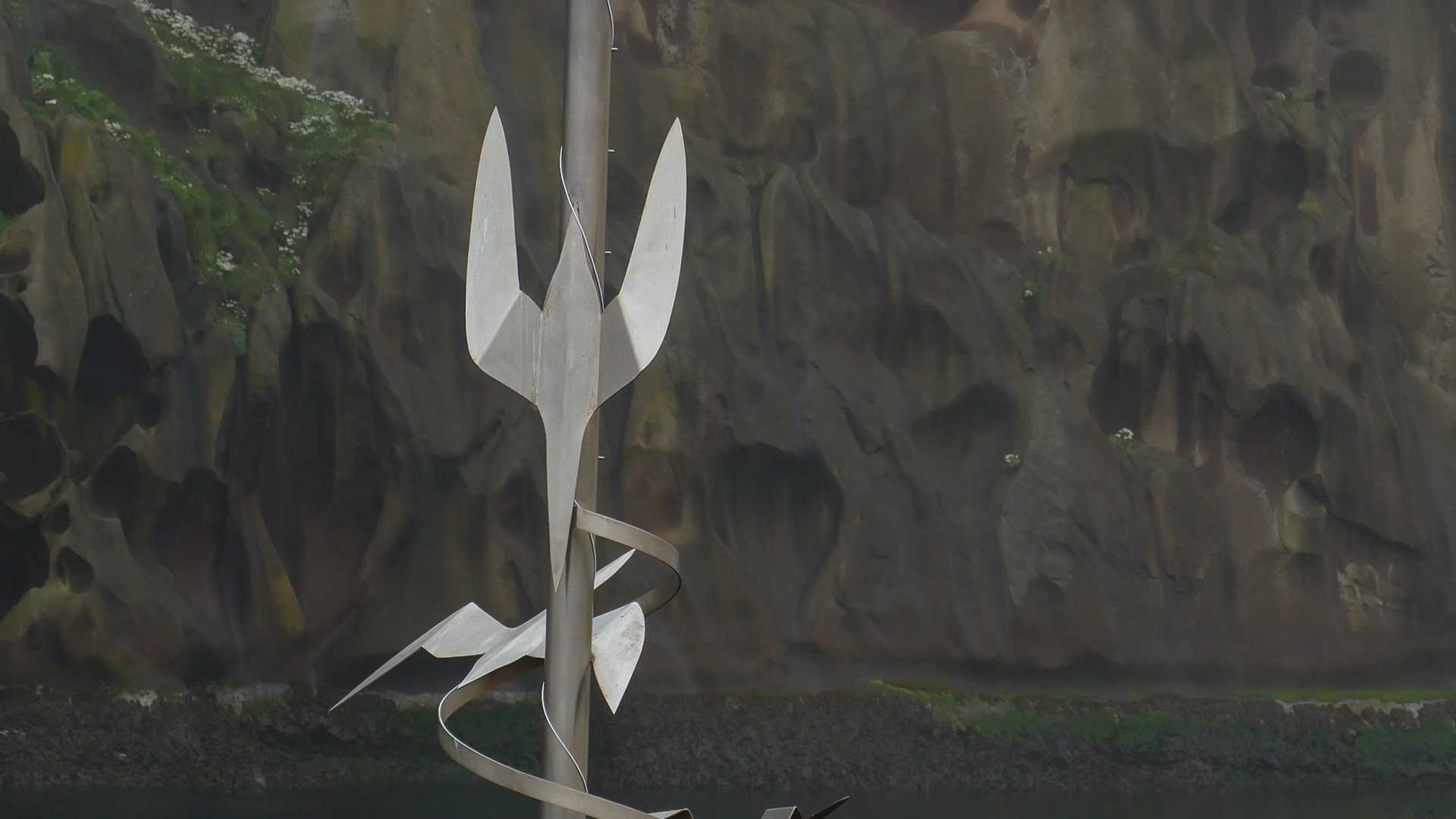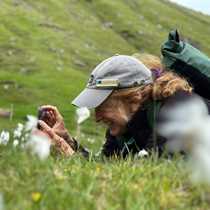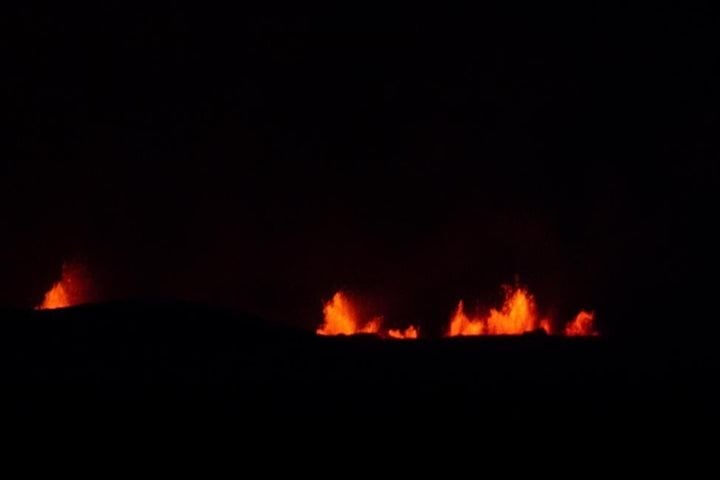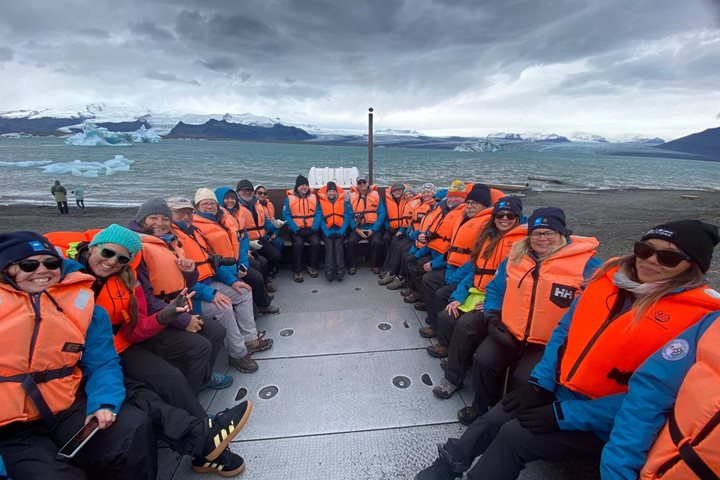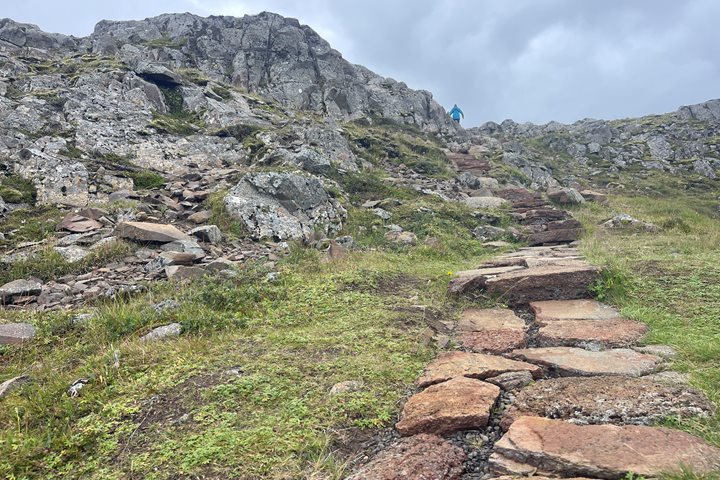In a whirl of basalt, waterfalls, lupine, sheep and puffins, we have explored but barely scratched the surface of what Iceland has to offer. Our time together aboard the National Geographic Explorer was all too short, but it has left a lasting impression and perhaps has planted a seed to return to this Land of Fire and Ice. One of our global explorers shared their impression with us in the form of a haiku.
Green mountains, white sheep
Purple lupines and blue streams
Colors of Iceland
Haiku by Veronica Luzine, age 13

